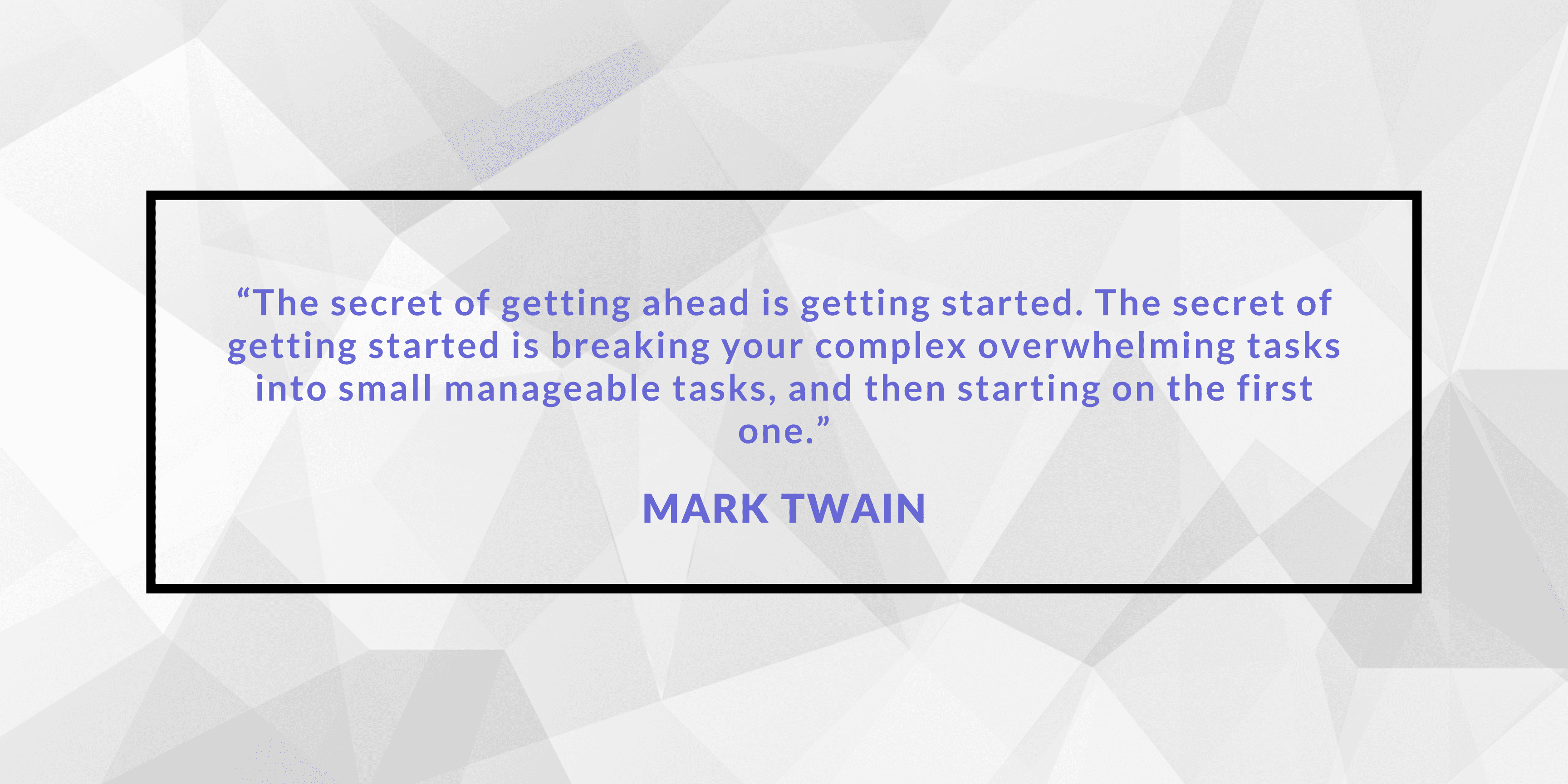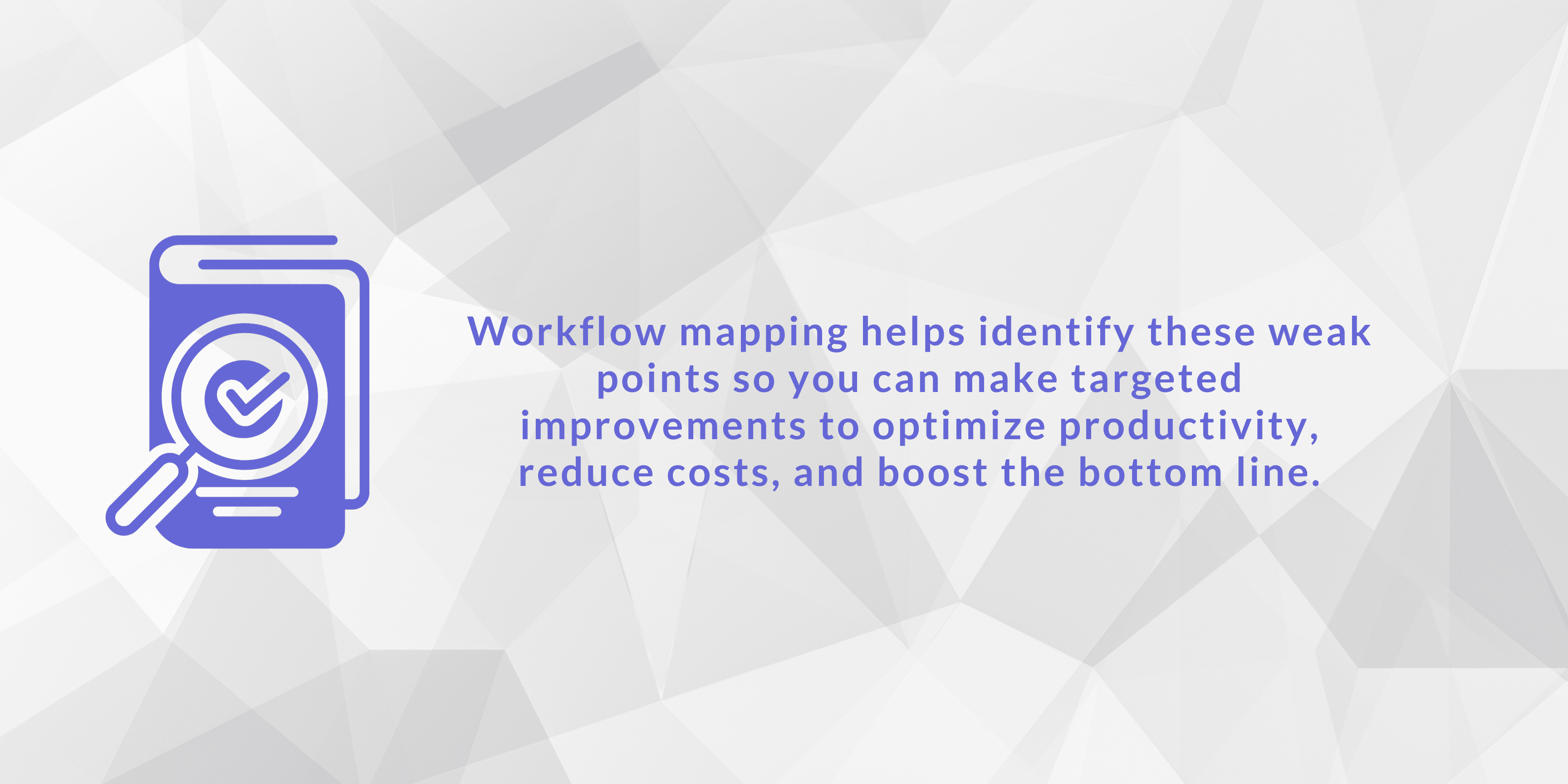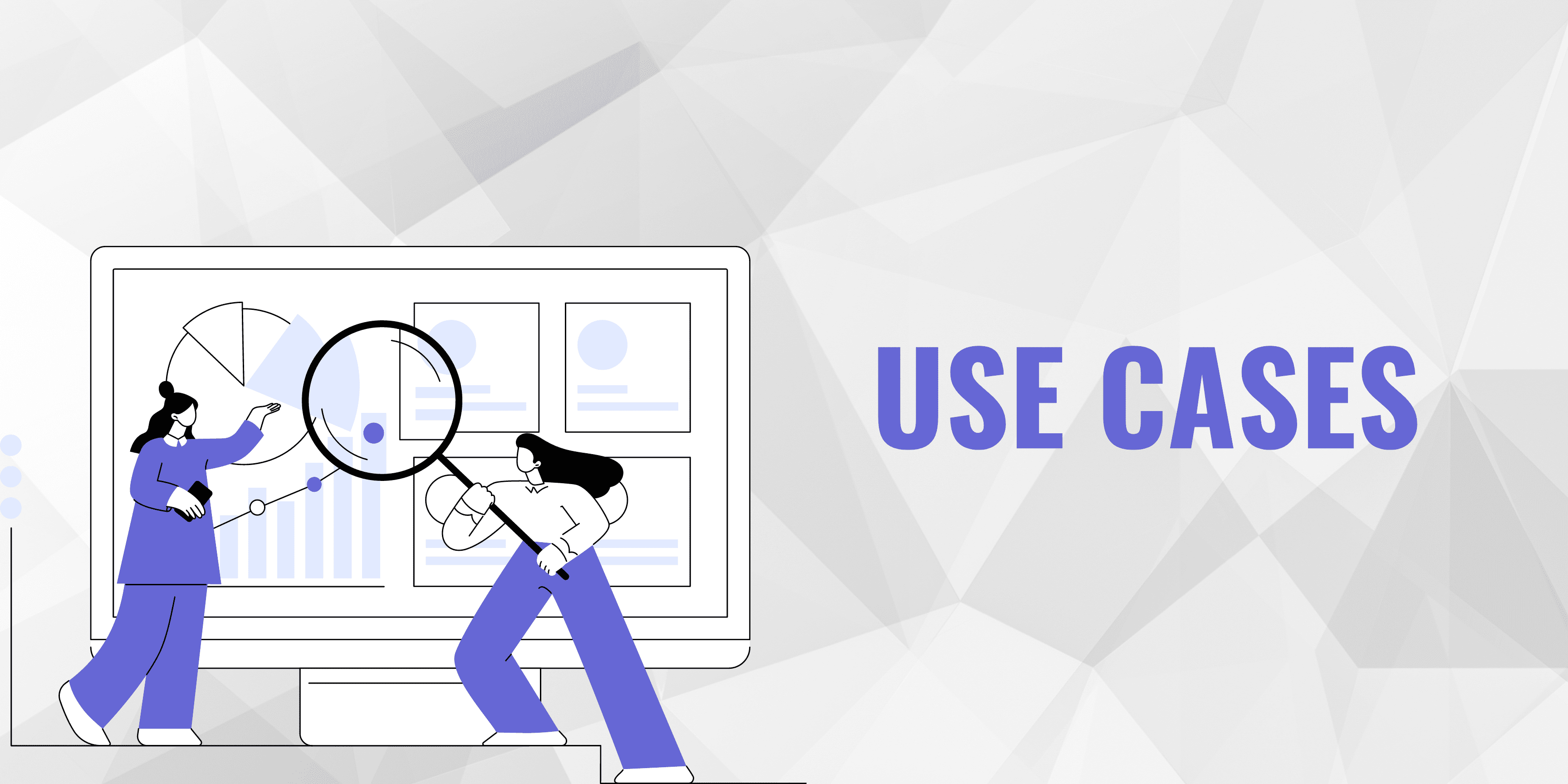Table of Contents:
- What is Workflow Mapping?
- Why Use Workflow Mapping?
- Workflow Process Mapping Methodologies
- How to Create a Workflow Map for Your Business
- Identifying Inefficiencies and Bottlenecks With Workflow Mapping
- Workflow Mapping Tools and Software to Streamline Processes
- Real-World Examples of Successful Workflow Mapping
Introduction
You’re working hard and putting in long hours, yet your business doesn’t seem to be reaching its full potential. The solution could be as simple as optimizing and streamlining your workflows.
When you map out your business processes step by step, you gain valuable insights that allow you to identify bottlenecks, redundancies, and inefficiencies.
You can then make simple changes that have a huge impact.
Workflow mapping might sound complicated, but it’s actually quite straightforward.
In this guide, you’ll learn a simple process for visually representing how work flows through your company.
We’ll explore top tips and methods, how to observe your current workflows and share practical examples of workflow mapping in action to help you better streamline your business.
You’ll discover tools and techniques to help you along the way. By the end, you’ll be equipped with actionable steps to optimize your workflows and take your business to the next level.
Let’s dive in and get to work mapping your workflows. Your streamlined, productive, and profitable business awaits!
What is Workflow Mapping?
Workflow mapping, often referred to as business process mapping, refers to a technique used in various business areas to visualize and understand a specific process from start to finish.
It is described as a way to clearly delineate every task, step, input, and output that forms part of the organization's workflow, creating a clear visual representation
It creates a clear picture of roles, responsibilities, tasks, and the flow of work, enabling organizations to understand and analyze their current operational procedures.
Workflow maps can vary in complexity, from simple diagrams to detailed flowcharts with decision trees.

Why Use Workflow Mapping?
According to a survey from Deloitte, nearly 80% of companies in manufacturing and other sectors are engaged in process improvement initiatives, demonstrating the relevance and importance of workflow mapping.
Clear and simple visuals aid in better understanding complex processes, thus making workflow mapping invaluable.
Mapping out your workflow has significant benefits for any company:
- It gives you a birds-eye view of how work actually gets done. You can see bottlenecks, redundancies, and inefficiencies that are hard to notice when you're focused on day-to-day tasks.
- It encourages communication between teams. The mapping process forces people from different departments to sit down together and clarify how they interact. This can help resolve misunderstandings and make the handoffs between teams smoother.
- It lays the groundwork for automation. Once you understand how information, tasks, and approvals move through your company, you can start to identify parts of the workflow that could be automated with software. This can save huge amounts of time and money.
- It leads to improved productivity and job satisfaction. Streamlining your workflow and removing pain points will make work easier, faster, and less frustrating for your employees. Morale and motivation are sure to improve as a result.
- It results in better client or customer service. Customers will receive better, faster service when your internal processes are optimized. And by spotting issues from the customer's perspective, you can make changes that specifically improve their experience.
Workflow Process Mapping Methodologies
Workflow process mapping involves several methodologies that help organizations understand, analyze, and improve their processes. A few notable methodologies are:
- Flowcharting - This is a simple, top-down graphical representation of a process. Each step in the process is depicted by a symbol such as a rectangle or a circle. Flowcharting is extensively used for visualizing business processes and determining areas of improvement.
- Value Chain Mapping - This methodology breaks down the process into primary and support activities that add value to the end product.
- Swimlane Diagrams - This type of diagram visually represents the workflow process while distinguishing responsibilities for sub-processes between different roles, departments, or individuals.
- SIPOC Diagrams - Standing for Suppliers, Inputs, Process, Outputs, and Customers, this workflow mapping methodology helps understand the whole process in a broad view.
Each workflow mapping method has its own strengths, and the best choice often depends on the complexity and nature of the process you want to depict and improve.
Whichever method companies choose, the ultimate goal of process mapping is to create an actionable plan for improvement and provide a clearer understanding of processes.
Read about what is a workflow plan and how to write one.
How to Create a Workflow Map for Your Business

To optimize your business through workflow mapping, you'll need to analyze how work actually gets done in your organization. The best way to do this is by creating visual workflow maps.
Gather the Right People
First, identify key employees from different teams and roles to get a complete picture of your current processes. Have a mix of managers and frontline staff.
Start with the Big Picture
Meet with your group and map out workflows at a high level between departments and roles.
Use sticky notes or an online tool like Lucidchart to create a basic flowchart. Discuss how information, tasks, and decisions move through your company.
Look for any bottlenecks, redundancies, or lack of clarity.
Drill Down into Specific Workflows
Pick a few key workflows to map in more detail. For example, follow the process for how a new customer request or order is handled, or how a new product feature gets developed and launched.
Map each step in the sequence, from initiation to completion. Discuss each part of the flow and look for ways to optimize.
Review and Implement Changes
Once you've identified any issues, work with stakeholders to determine solutions. Update your workflow maps to reflect the improved future processes.
Roll out changes through staff training and by making any needed technology or policy adjustments.
Identifying Inefficiencies and Bottlenecks With Workflow Mapping
Once you have mapped your current workflow, you’ll likely notice some inefficiencies or bottlenecks.
These are areas where improvements can be made to optimize your business processes.
Duplicate or redundant steps
Do multiple people or teams perform the same tasks? Are any steps repeated unnecessarily? Eliminate any duplication of effort.
For example, if two different teams are entering the same customer data into different systems, have one team handle the data entry and share the information with the other team.
Unnecessary approvals
Are there any approval processes that don’t add value? Remove any sign-offs that aren’t critical.
For instance, if expense reports under a certain dollar amount don’t need approval, increase that threshold. This frees up managers to focus on more important decisions.
Tasks that can be automated
Identify any manual, repetitive tasks that can be automated using software or technology. Things like data entry, calculations, scheduling, and notifications are often good candidates for automation.
Automating just a few time-consuming tasks can significantly boost productivity and reduce costs.
Handoffs and transitions
Look for any points in the workflow where work is handed from one person or team to another.
These handoffs can often be inefficient, as information may be lost or details overlooked during the transition.
See if any roles or responsibilities can be reassigned to minimize handoffs, or improve communication channels and documentation to streamline these transitions.
Bottlenecks
Find any areas where work piles up or gets delayed, creating a bottleneck. This could be a task that depends on input from others, a team with more work than they can handle, or a system limitation.
Look for ways to remove or mitigate these bottlenecks to keep work flowing efficiently. Adding resources, adjusting schedules, or using alternative systems are some possible solutions.

Workflow Mapping Tools and Software to Streamline Processes
Once you’ve mapped your current workflows, it’s time to evaluate them and look for ways to optimize.
Several workflow mapping tools and software options can help streamline your processes and make them more efficient.
Smartsheet
Smartsheet is a popular project management tool that also offers workflow mapping capabilities.
You can create flowcharts to visualize your workflows, attach files, set deadlines, and assign tasks.
Smartsheet integrates with other tools like Dropbox, Google Drive, and Box to automatically sync files across platforms.
Lucidchart
Lucidchart is a visual workspace that provides an intuitive interface for creating flowcharts, process maps, and workflow diagrams.
Once you’ve mapped your workflow, Lucidchart lets you simulate it to identify bottlenecks or inefficiencies.
You can then optimize the workflow and see the impact of your changes.
Lucidchart integrates with productivity tools like Google Drive, Confluence, and Jira.
Kissflow Workflow
Kissflow Workflow is a cloud-based BPM platform with workflow mapping and automation capabilities.
It provides a drag-and-drop interface to design workflows and the ability to assign roles, deadlines, and notifications to keep everyone accountable.
Kissflow can handle more complex workflows and integrates with tools such as Dropbox, Google Drive, Office 365, and more.
Using tools like these to map and optimize your workflows can help your business run more efficiently and productively.
Evaluate a few options to find one that suits your needs and budget. The time invested in improving your workflows will pay off through increased output, fewer errors, and a better customer experience.
Looking to scale sales, marketing & PR, or recruitment activities? Sanka has ready-to-use workflows for everything from social media recruiting and content marketing to IT asset management and beyond.
Explore our extensive repository of pre-built workflows or customize your own to suit your unique business needs.
Real-World Examples of Successful Workflow Mapping

Some well-known companies have implemented successful workflow mapping to optimize their business processes. Two notable examples:
IKEA
The Swedish furniture giant used workflow mapping to streamline their product design and manufacturing.
By analyzing each step required to get a product from concept to customer, they identified redundancies and inefficiencies.
Optimizing their workflow allowed them to lower costs by over 50% and pass on savings to customers.
Toyota
The automaker's famous Toyota Production System revolutionized manufacturing through workflow mapping and optimization.
By meticulously analyzing each worker's role and how it impacted the next step, they eliminated excess inventory and reduced wasted time and effort.
The result was a "just-in-time" process that produced high-quality vehicles at a lower cost.
Amazon
The e-commerce company utilized workflow mapping to optimize its warehouse operations and supply chain management.
Analyzing the path a product takes from supplier to warehouse to customer allowed them to minimize transit times, reduce excess handling, and streamline the picking, packing, and shipping process.
These efficiencies are key to Amazon's ability to offer fast, low-cost delivery to customers.
Conclusion
So there you have it, the ultimate guide to transforming your business through the power of workflow mapping.
With a well-drawn workflow map, businesses can optimize their processes, uncover inefficiencies, and foster teamwork.
By taking the time to really analyze how your team operates and identify areas of waste or inefficiency, you'll uncover many opportunities for improvement.
You'll streamline processes, boost productivity, increase collaboration, and drive real growth. The best part is, you already have all the tools and talent in-house to make it happen.
Are you ready to unlock the power of workflow mapping for your processes? Start to strategize now and watch your business growth accelerate like never before!








